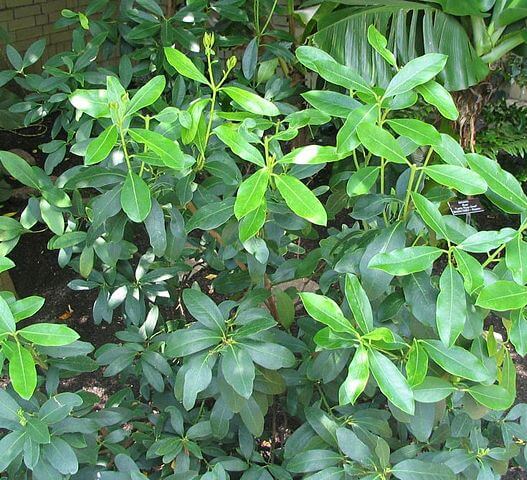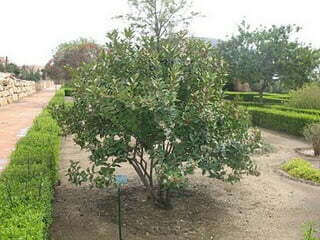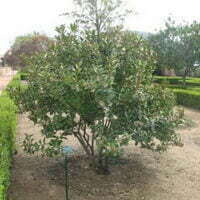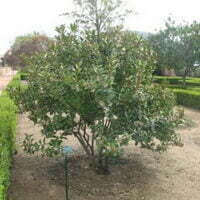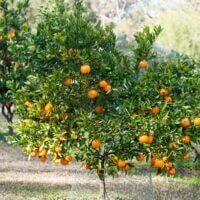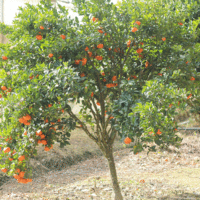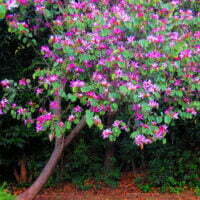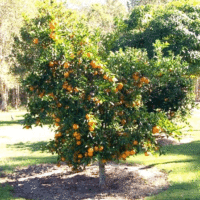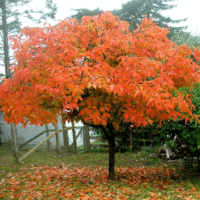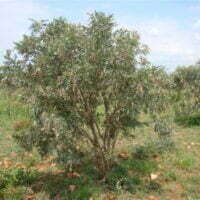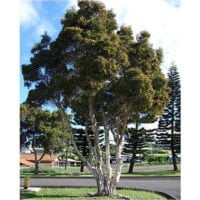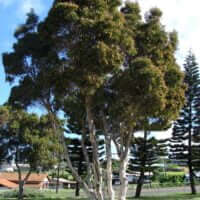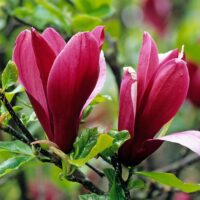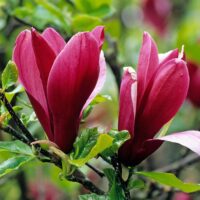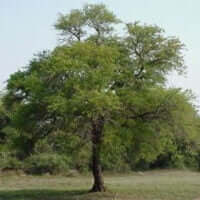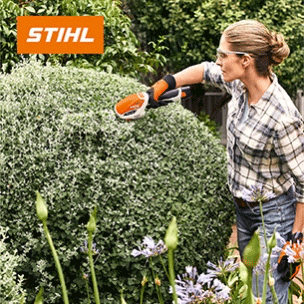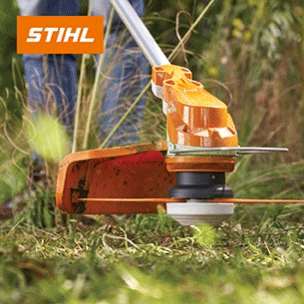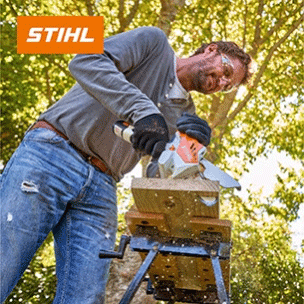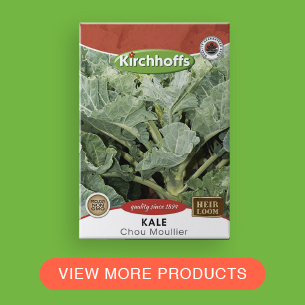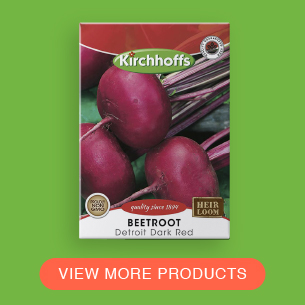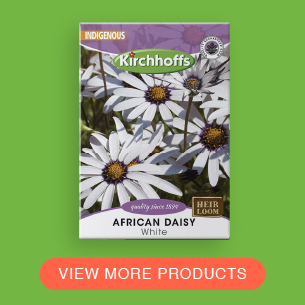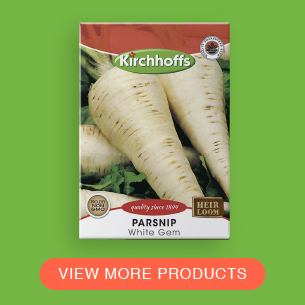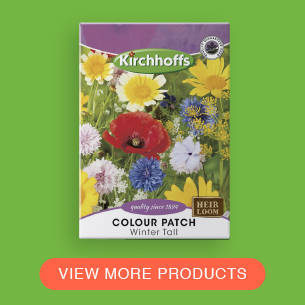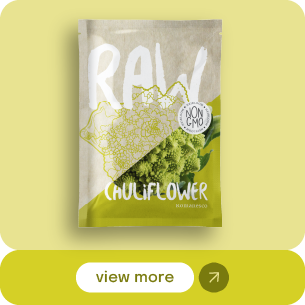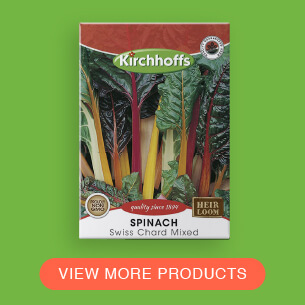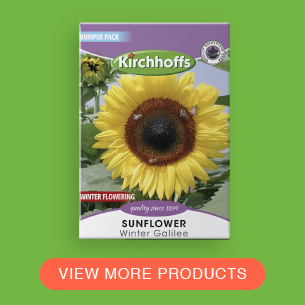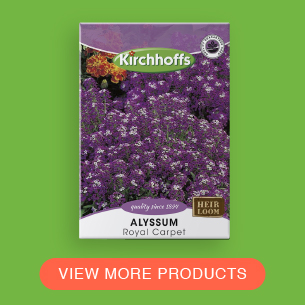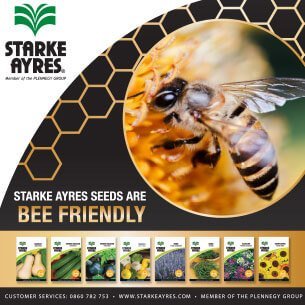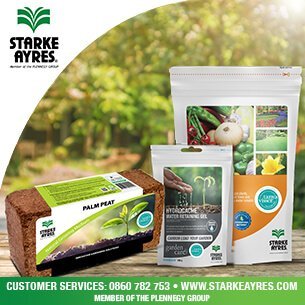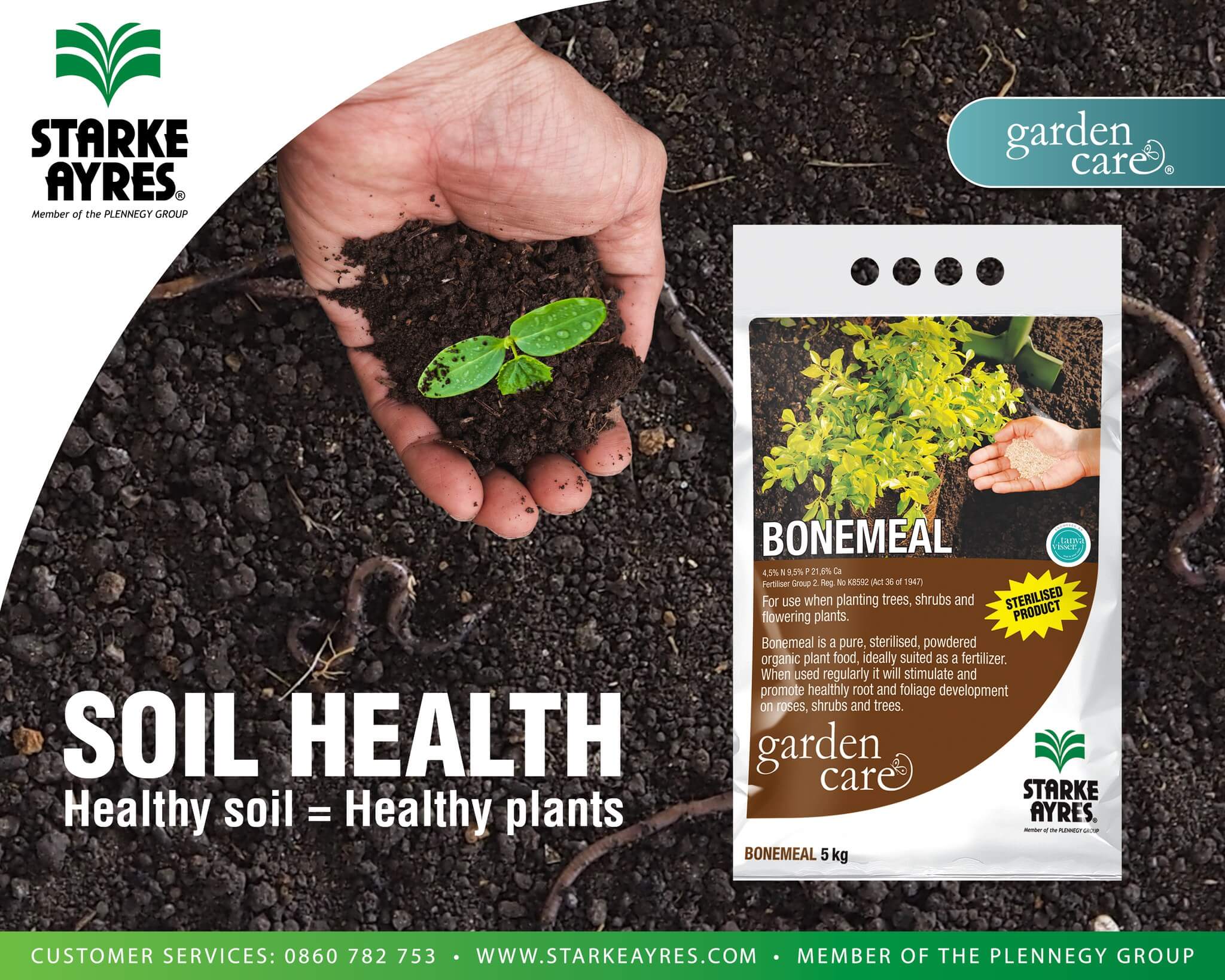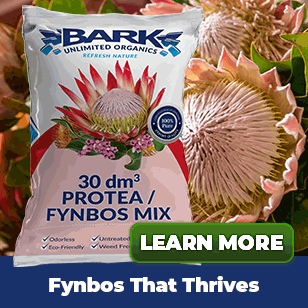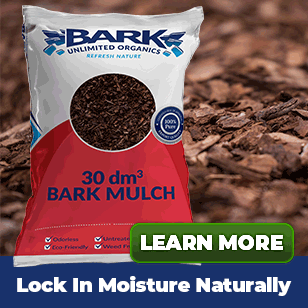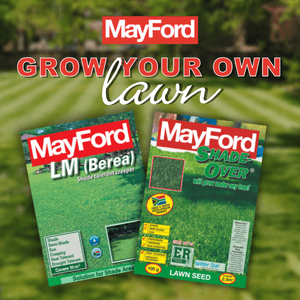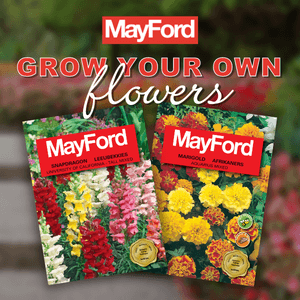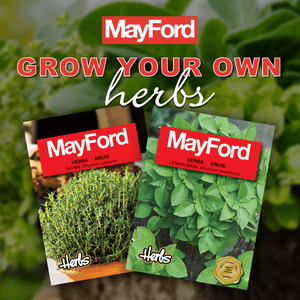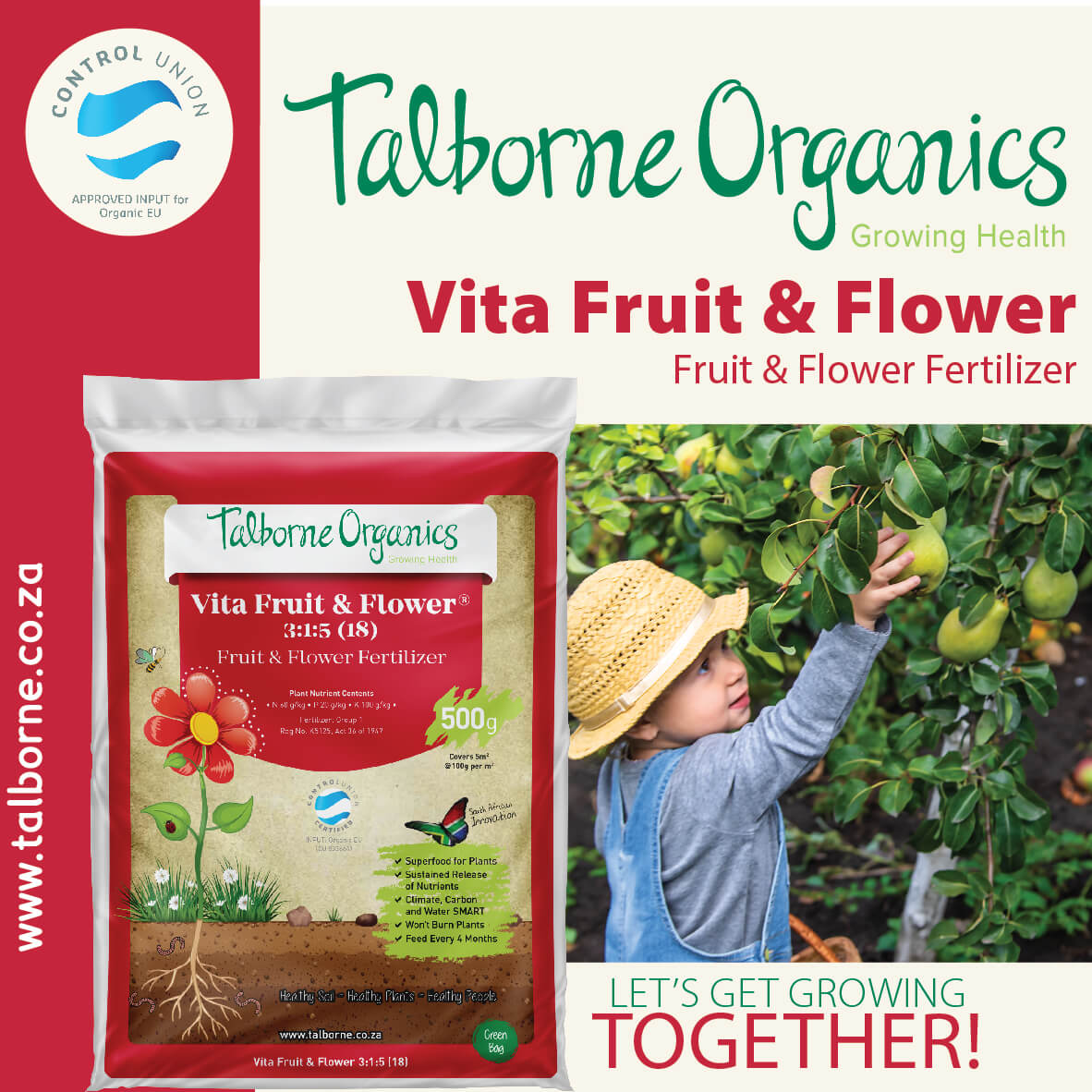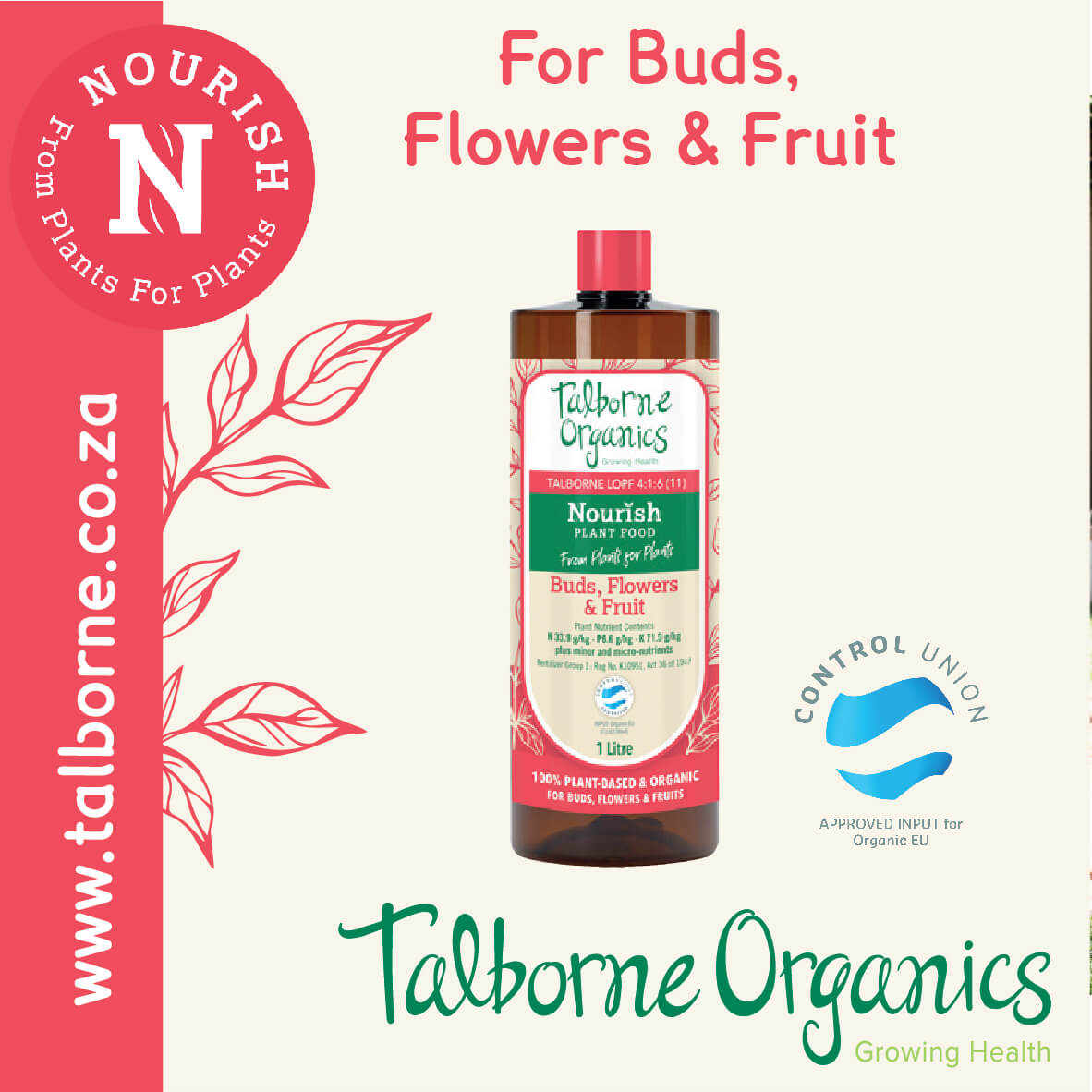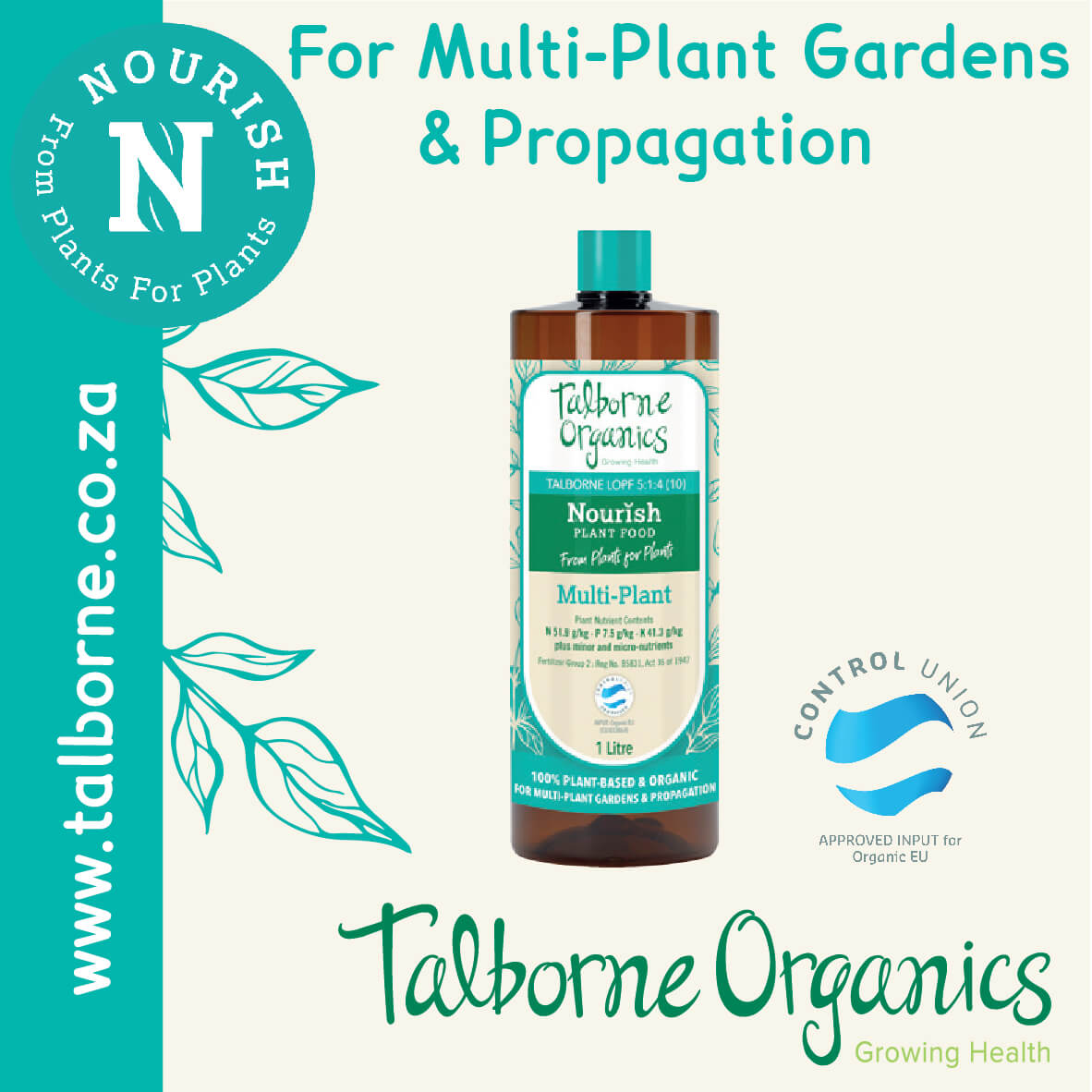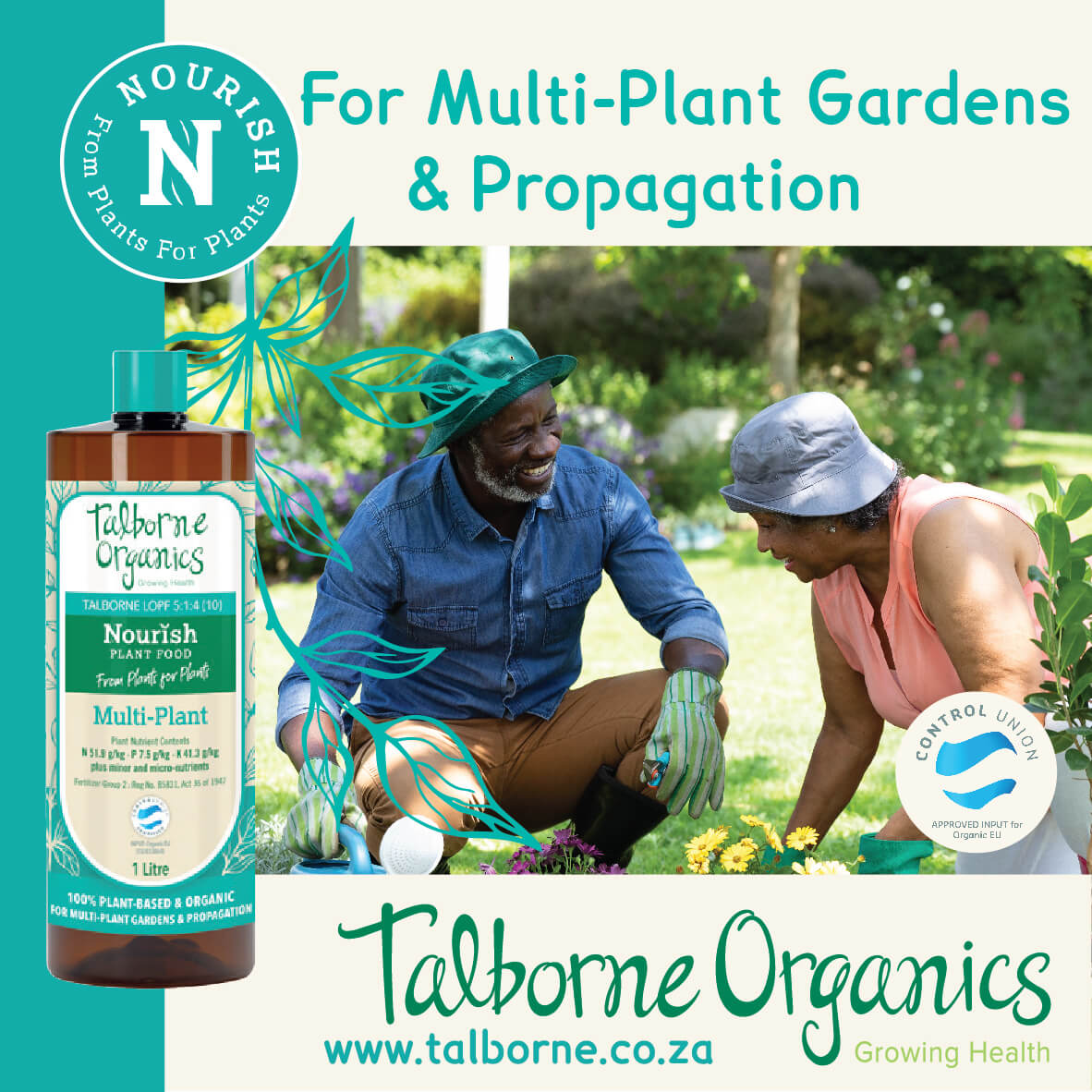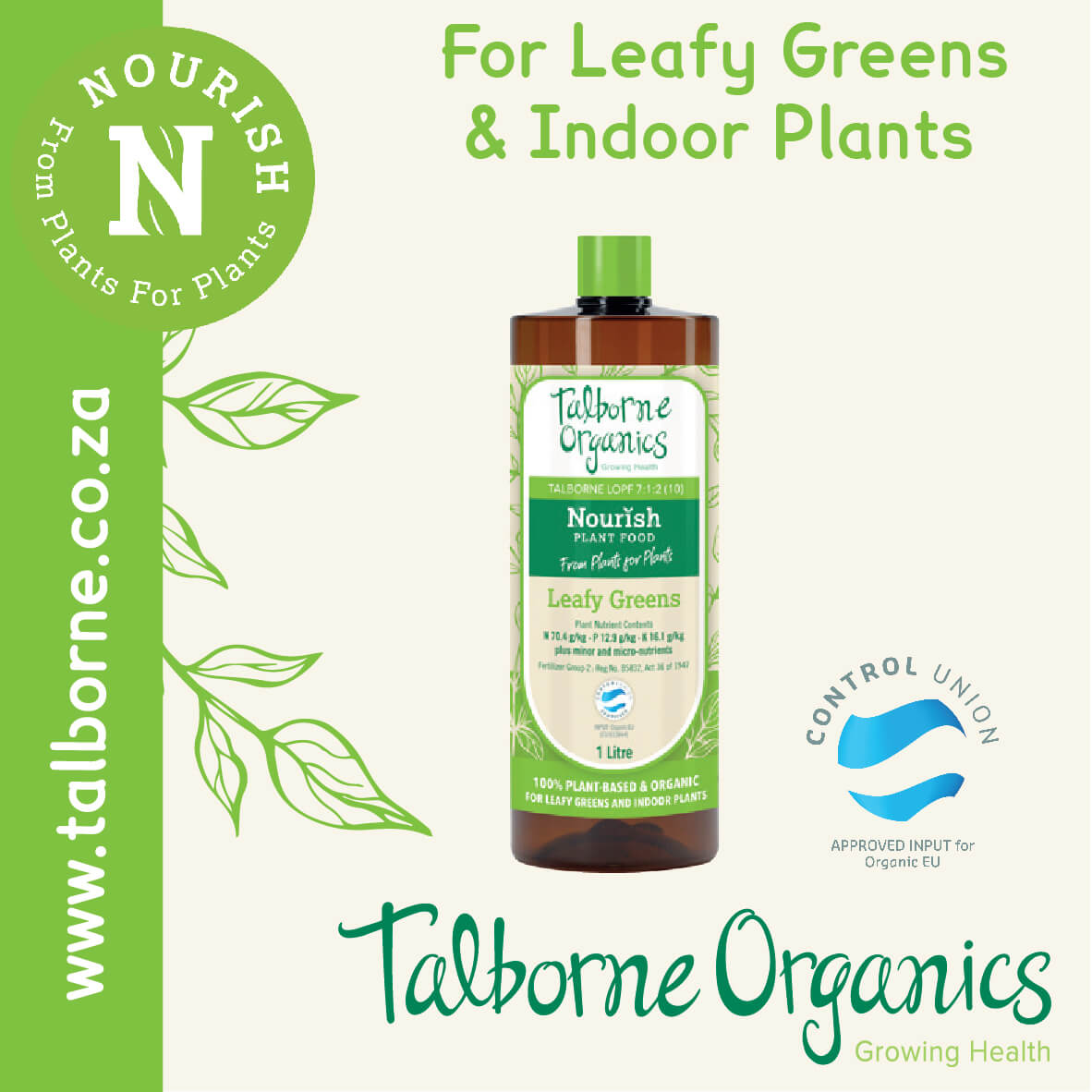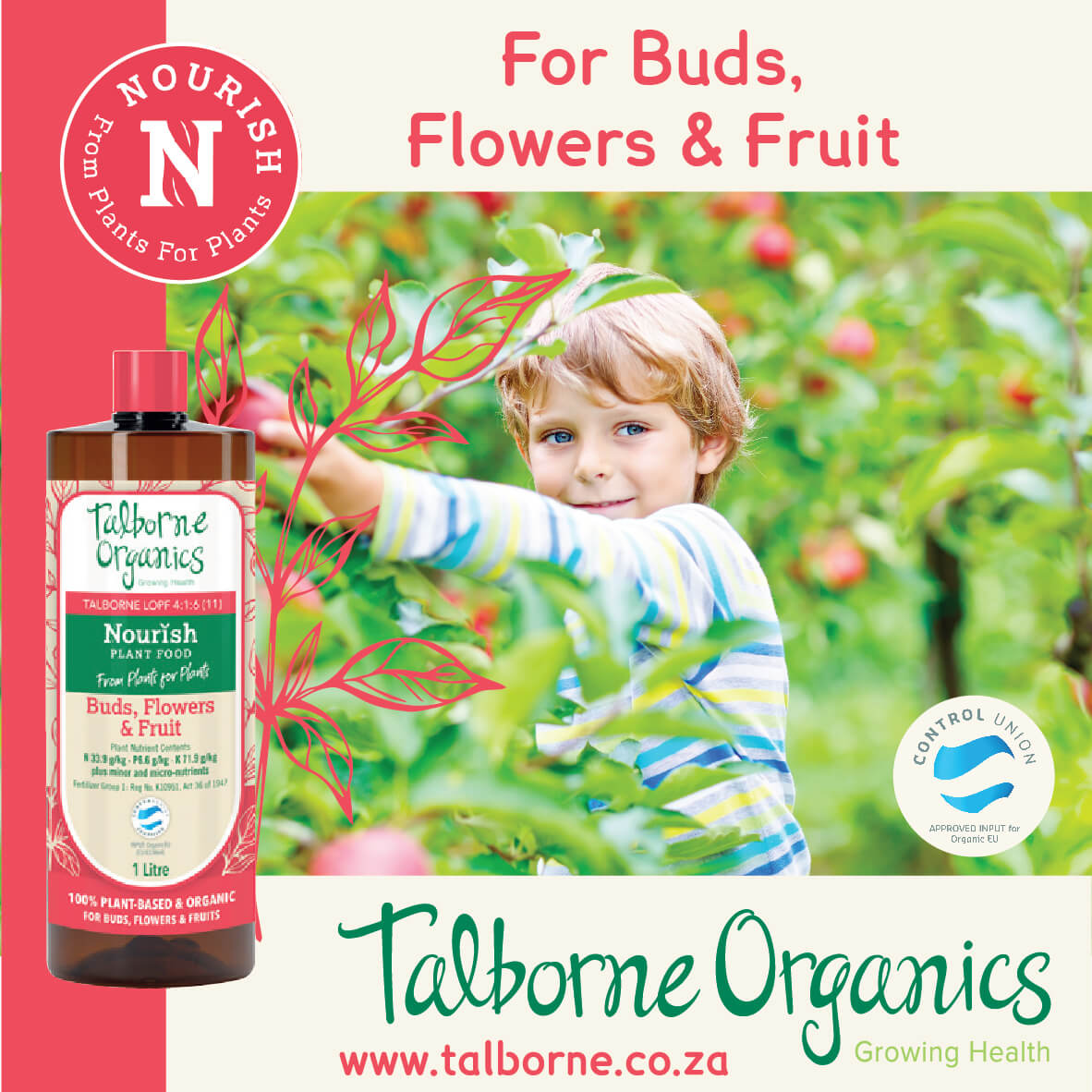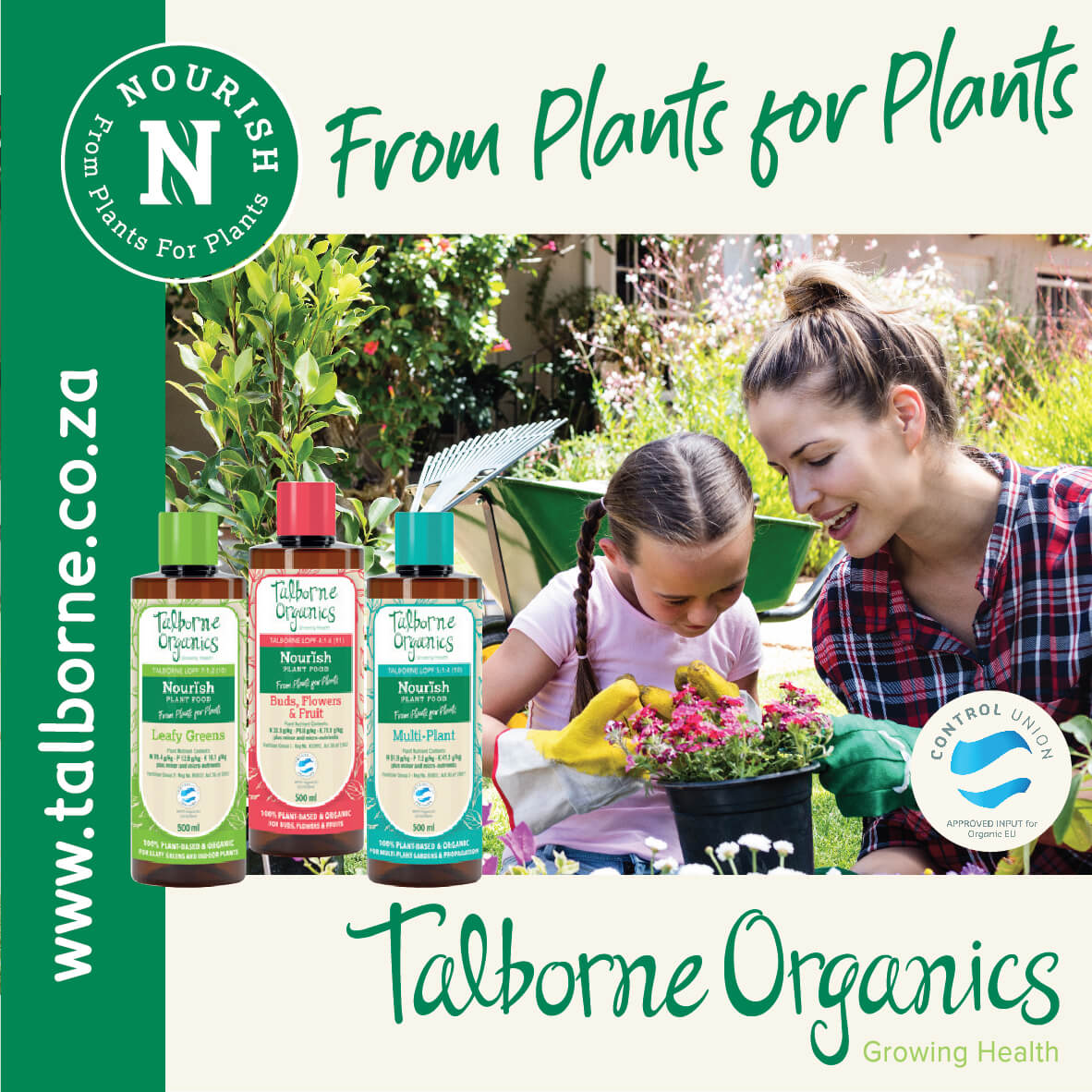| Botanical name | Acokanthera oblongifolia |
|---|---|
| Plant Care |  Full Sun Full Sun – Prefers 6 or more hours of sun per day.  Half Sun Half Sun – Prefers 3 To 6 Hours of Sunlight a Day. Frost Hardy Frost Hardy – Can Handle frost without damage.  Moderate Watering Moderate Watering – Requires Regular Watering.  Non Indigenous Non Indigenous – Exotic to South Africa. |
| Size | |
| Categories | |
| Flowers | Clusters of sweet scented flowers. It is pink in bud and opening white. |
| Common name(s) | Dune Poison Brush, Wintersweet |
| Foliage | This shrub has foliage often tinged purple, coloring more deeply in winter. |
| Fruit | Fruit is the same shape as an olive. Reddish in colour and black when ripe. |
| Uses | Acokanthera oblongifolia is used medicinally to treat snakebites and as an emetic. To treat snakebites, a small amount of the leaves is eaten, a leaf decoction is drunk and the leaf pulp is rubbed into the wound, root powder is sniffed and roots or leaves are put on the swollen part as a dressing. Root scrapings are rubbed into the skin against itch. A wood or leaf decoction is drunk or administered as an enema as a cure for internal worms, and to combat evil spirits. The fruit is highly toxic, especially when unripe, but the ripe fruits have also caused fatalities in children. The stem bark and root bark are used as a potent arrow poison, for homicide, suicide and to kill stray dogs. |
| Interesting info | The stem bark and root bark are used as a potent arrow poison, for homicide, suicide and to kill stray dogs. |
| Possible problems | Poisonous Fruit |
Acokanthera oblongifolia (Dune Poison Brush, Wintersweet)
- Botanical name: Acokanthera oblongifolia
- Common name(s): Dune Poison Brush, Wintersweet
- Categories: Trees
Plant description:
This shrub is one of three members of the genus, Acokanthera. It belongs to the same family as many popular subtropical ornamental plants such as frangipani, allamanda and oleander, as well as the impala lily and num-num. This family is characterized by having sweetly scented flowers and sticky, milky sap which is very poisonous. The Bushman's poison is a hardy drought. It's a frost resistant, evergreen shrub that tolerates full sun but prefers shade, it also does well as a container plant.
Family: –
Synonym: –
Botanical Pronunciation: –
Acokanthera oblongifolia requirements and features
info on these icons
Moderate Maintenance
Requires moderate maintenance.
Prohibited Use Notice: No Data Scraping Allowed Except for Search Engine Indexing:
The content provided on PlantInfo.co.za is intended for personal, non-commercial use only. Unauthorized extraction, reproduction, or use of the data, including scraping, for any purpose other than search engine indexing is strictly prohibited. Violations of these terms may result in legal action. By accessing and using this website, you agree to comply with these conditions and acknowledge the legal restrictions on the use of our content.
Clusters of sweet scented flowers. It is pink in bud and opening white.
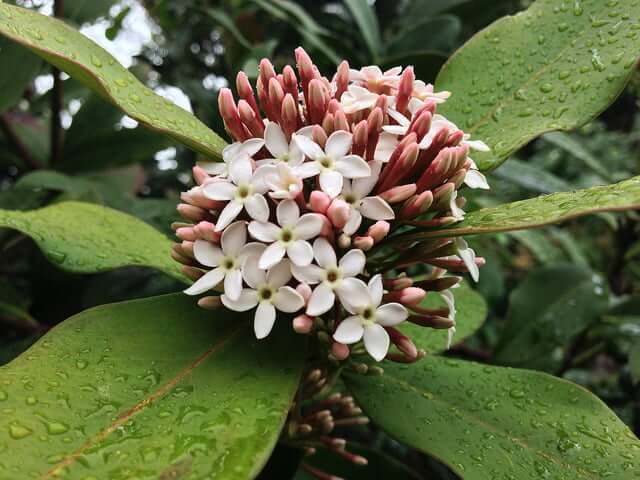
This shrub has foliage often tinged purple, coloring more deeply in winter.
